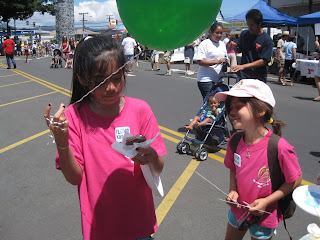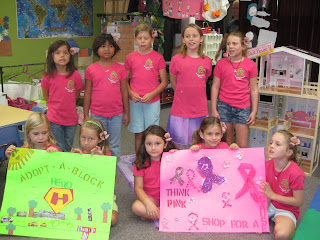On 21 May, the youth of Huakailani School will join thousands of young people in creating a global "green wave" to celebrate both the International Day for Biodiversity and the International Year of Biodiversity. All around the world, students, teachers and youth organizations will host and participate in special tree planting celebrations to increase awareness about biodiversity.
The Green Wave is a project designed to support the objectives of the Convention on Biological Diversity, the world's international treaty that promotes the conservation and sustainable use of biodiversity and the fair and equitable sharing of the benefits derived from genetic resources. The project aims to help raise awareness and educate young people on the loss of biodiversity that is taking place and the need to take action.
The "wave" occurs on the International Day for Biodiversity which, this year, focuses on the importance of biodiversity for development and poverty reduction. Each year on 22 May, children and youth in participating schools around the world plant a tree at 10:00am local time, creating a "green wave" across time zones. Participants upload photos and text about their celebration to The Green Wave website to share their stories with others. An interactive map goes live in the evening at 20:10 local time, creating a second virtual "green wave."
"The Green Wave represents a fantastic chain of human solidarity around the epitome of life - trees - between the children of today and the responsible citizens of tomorrow" say Ahmed Djoghlaf, Executive Secretary of the CBD. "This year's Green Wave events will be especially memorable because the United Nations designated 2010 as the International Year of Biodiversity."
The Convention on Biological Diversity is one of the most broadly subscribed international environmental treaties in the world. Opened for signature at the Earth Summit in Rio de Janeiro in 1992, it currently has 193 contracting Parties - 192 States and the European Community - who have committed themselves to its three main goals: the conservation of biodiversity, sustainable use of its components and the equitable sharing of the benefits arising out of the utilization of genetic resources. The Secretariat of the Convention is located in Montreal, Canada.

















